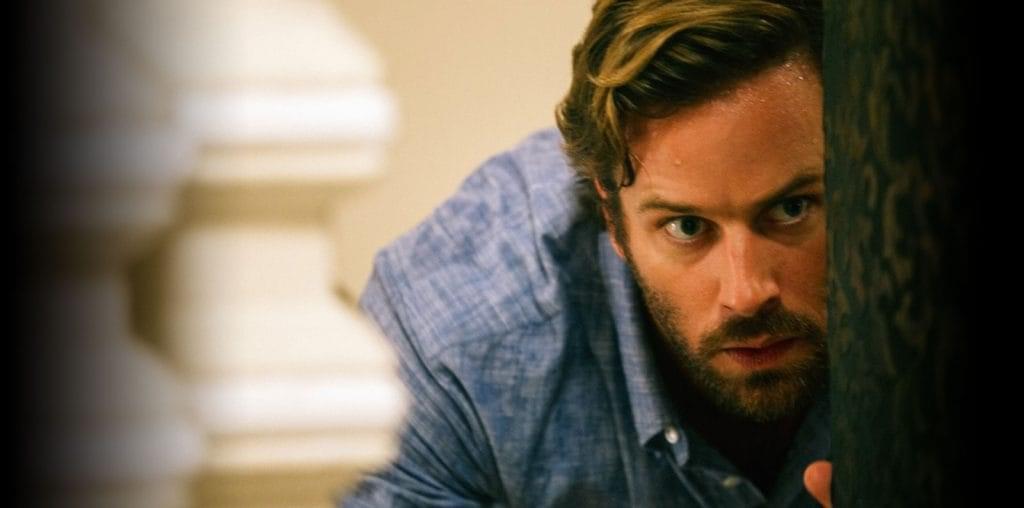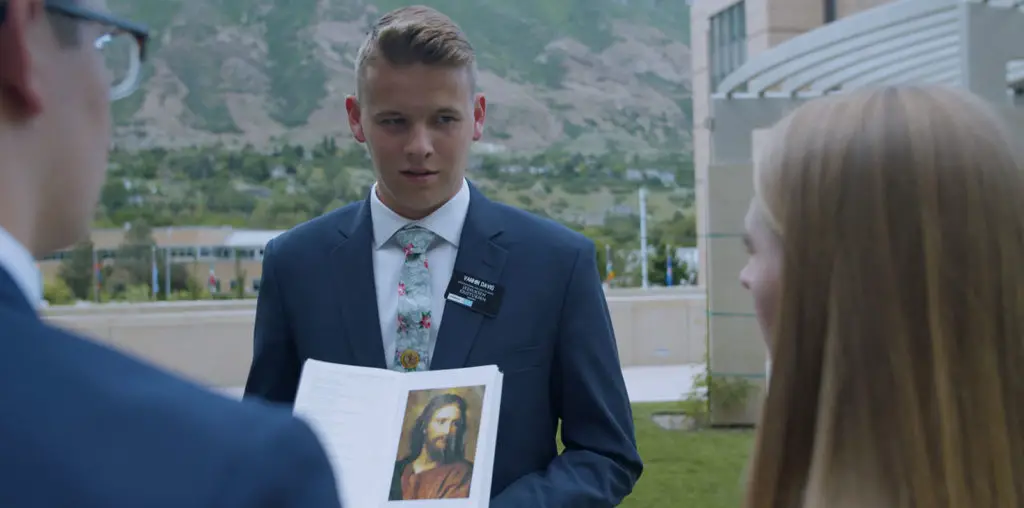
As film history widens for those who continually learn it, much changes. Believing for quite a while that the Tyrone Power/Basil Rathbone swordfight in the climax of “The Mark Zorro” was the greatest swordfight in film history, that feeling gradually changed with the introduction of the samurai sword and its many uses. At once passive and violent in the hands of its user, it provided not only a genuine visceral excitement between enemies (and sometimes friends), but also suspense even when it wasn’t being used, such as in “The Sword of Doom”, where the titular sword plays a big part by way of Ryunosuke Tsukue (Tatsuya Nakadai), a nihilistic soul in his killing methods. One swipe of his sword and a person’s finished in this world.
The shout-your-lungs-out suspense comes by way of a match between Ryunosuke and Bunnojo Utsugi (Ichiro Nakatani), who now fights him as a duel, an act of revenge. His wife Hama (Michiyo Aratama) comes to Ryunosuke the night before the match and pleads with him to lose gracefully so that her husband might rightfully take his place as head of a dueling school. Otherwise, the Utsugi name falls into a permanent downfall, leading to utter disgrace to the name. Serious stuff, but that’s the way it is in these lands. As the match begins, both men stare each other down, swords lowered and at the ready; but they don’t seem to move at all, almost as still as a painting. The tension grows not only between them, but tightens in us as it’s a near torture in waiting for them to do something. This comes not from the desire to see them finally duke it out (the highly-touted match is bandied about for some time beforehand), but to see what they are both made of. Rynosuke is made of something not possessed by actual humans. Not from the devil either, just something that’s there. It is an inarguable skill, but also a kind of madness as he slices through a grandfather on top of a hill at the beginning who prayed for his death so that his granddaughter would be freed of his burden.
He shows no remorse for these murders either. His face reveals nothing, which puts actor Tatsuya Nakadai at the top of the list of those with the greatest poker faces that cinema has ever offered us. It also comes from Kihachi Okamoto, directing more than just the script. In giving us a world that seems so small by way of the vast connections here, he enjoys tight close-ups, meant to represent first-person perspectives at times. Okamoto appreciates actors’ faces, detailed beautifully in black-and-white cinematography that gives disturbing loveliness to many action sequences as well, especially one in heavy sheets of now. Always in the snow the blood must fall and it certainly does there, where scores of men go after Ryunosuke (now bearing the last name of Yoshida) only to meet deaths that so many others have long before.
Even with the film taking place over two years, Ryunosuke has lasted much longer. He was born from the mind of Kaizan Nakazato as a newspaper serial in 1913, which went on for three decades. There were forty-one volumes of this enigma of a samurai and even then, the story still hadn’t ended by the time of Nakazato’s death in 1944. This expert swordsman doesn’t give easy answers and that’s exactly the way to appreciate him. Sometimes it’s not so much the motive that matters as does the man. But as the film progresses, as more and more people attempt to stop Ryunosuke and as more sub-plots give way to more and more rich emotion, even with the brother of the dead Bunnojo going after him, we somehow understand Ryunosuke a little more. The ending is powerful beyond all measure. He looks like an animal trapped into all different corners. Mind you, there’s usually only one corner a person can be trapped in, but in a scene preceding the large battle of one man against many, he slashes at looming images rampaging through his tortured mind, actually showing the emotion almost considered dead.
Currently available from The Criterion Collection, “The Sword of Doom” also includes an intensely devoted essay by Geoffrey O’Brien in booklet form. And with how the movie looks, it ensures that Ryunosuke will not be forgotten quickly. Director Okamoto has made sure of that as well.

